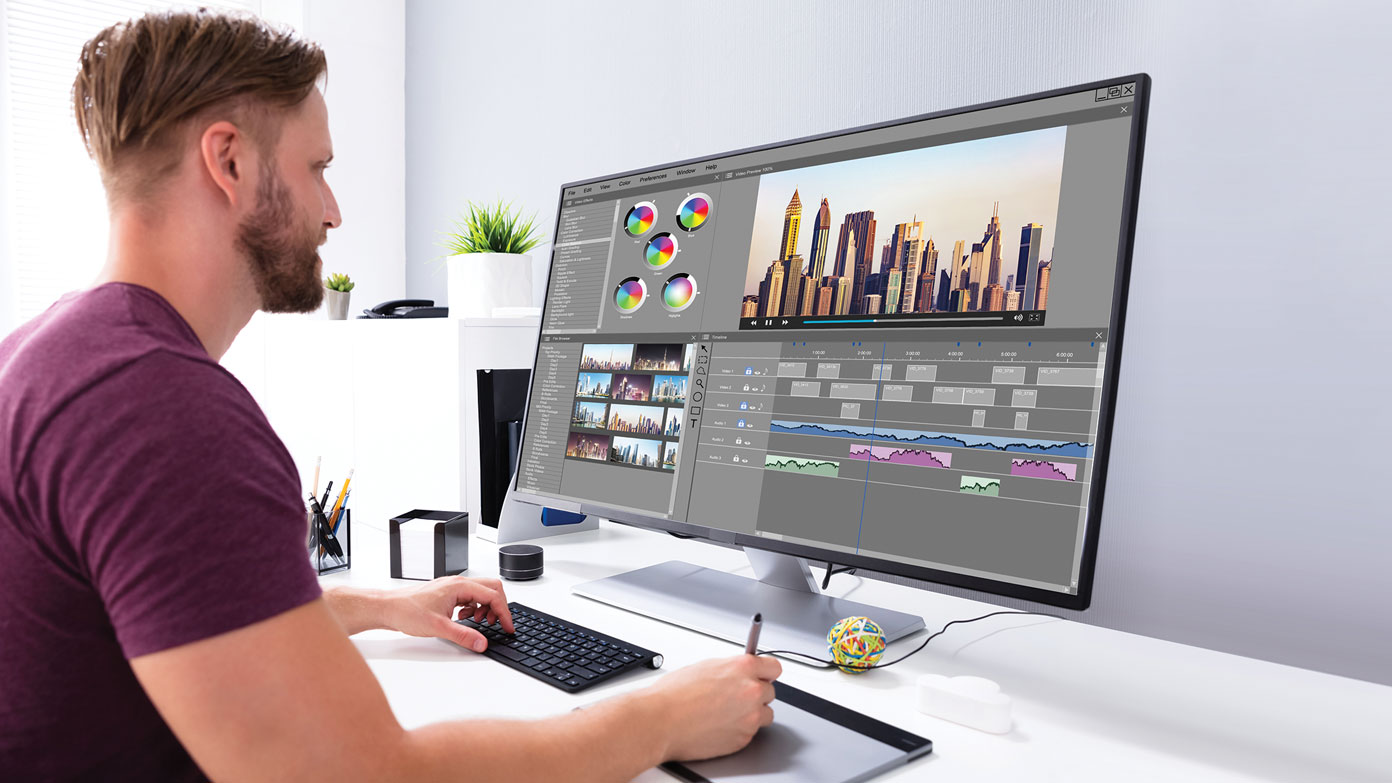 POSTED ON June 02, 2025
POSTED ON June 02, 2025 Best Monitors for Video Editing: More Space, More Creativity
When it comes to video editing, your monitor isn’t just a screen — it’s your creative canvas. The best monitors for video editing bring your footage to life with vibrant colors, razor-sharp details, and wide viewing angles. They give you the space and accuracy to polish every frame, from rough cuts to final masterpieces.Imagine working on a monitor that displays every shade exactly as it should, so your edits look perfect, whether you’re working on YouTube videos, films, or commercials. That’s the difference a professional-grade monitor can make.
Why does it matter?
- Accurate colors mean your edits look great everywhere.
- Wide screen space helps you organize timelines and tools easily.
- High resolution shows fine details clearly.
Ready to upgrade your editing setup? Let’s dive into the top monitors that combine performance, precision, and value to help you unleash your creativity.
Key Features to Consider When Choosing a Monitor for Video Editing
Choosing the right monitor for video editing can feel overwhelming, but focusing on these key features will help you make a smart choice. Think of your monitor as the heart of your editing setup. It needs to deliver precision, comfort, and reliability.
1. Color Accuracy
Your monitor should display colors as true to life as possible. Look for monitors that support wide color gamuts like Adobe RGB or DCI-P3. Calibration options and factory color calibration reports are a big plus to ensure that what you see is what your audience will get.
2. Resolution
The higher the resolution, the sharper the image. For video editing, 4K resolution (3840x2160) is becoming the standard because it shows more detail and matches most professional video formats. If your budget is tight, at least go for Full HD (1920x1080), but plan to upgrade soon.
3. Screen Size and Aspect Ratio
Bigger screens give you more workspace to manage timelines and multiple windows. A 27-inch or larger display is usually ideal. For even more space, consider ultrawide monitors with a 21:9 or 32:9 aspect ratio . They are perfect for multitasking and detailed editing.
4. Panel Type
IPS (In-Plane Switching) panels are preferred for video editing because they provide better color consistency and wider viewing angles compared to TN or VA panels.
5. Refresh Rate and Response Time
While these specs are crucial for gaming, they’re less critical for video editing. However, a refresh rate of 60Hz and low response time help with smooth playback and less motion blur during previews.
6. Connectivity Options
Make sure your monitor supports the ports you need, such as HDMI, DisplayPort, USB-C, or Thunderbolt. This ensures easy connection to your computer and other peripherals.
Types of Monitors Suitable for Video Editing
Not all monitors are built the same, especially when it comes to video editing. Here are the main types that professionals love, each with unique strengths:IPS Monitors (In-Plane Switching)IPS monitors are the top choice for video editors because they offer excellent color accuracy and wide viewing angles. This means your colors stay true even if you look at the screen from the side. Most high-end editing monitors use IPS panels to ensure your footage looks exactly as intended.
OLED Monitors (Organic Light-Emitting Diode)
OLED monitors deliver deep blacks and vibrant colors because each pixel lights up independently. This makes them ideal for projects needing rich contrast and dynamic color ranges. While still pricey, OLEDs are becoming more popular among video pros.
UltraWide Monitors
Ultrawide monitors (with aspect ratios like 21:9 or 32:9) give you extra horizontal space. This is a game-changer for video editing — allowing you to see longer timelines and multiple windows side by side, improving your workflow and efficiency.
4K Monitors
4K monitors show four times the pixels of Full HD, offering incredible sharpness and detail. They’re perfect for editing high-resolution videos and previewing your work in the quality it will be delivered.
Top Monitors for Video Editing in 2025
Below is a curated list of monitors suitable for video editing, sourced from the Ryans Computers website. These selections emphasize high resolution (4K or higher), IPS panels for color accuracy, and connectivity options critical for professional and hobbyist video editors, based on models and brands prominently featured on Ryans site.
Premium Pick: LG 32EP950-B 32 Inch 4K OLED Black Professional Monitor
The LG 32EP950-B stands out as a premium choice for professional video editors seeking top-tier performance. This 32-inch 4K UHD monitor features an OLED panel that offers outstanding picture quality. With 99% coverage of both DCI-P3 and Adobe RGB color spaces, and a Delta E value of less than 2, it ensures highly accurate color reproduction straight out of the box. These features make it an excellent option for HDR video editing and precise color grading.
Supporting HDR10 and equipped with versatile connectivity options, including HDMI, dual DisplayPort, and USB Type-C. This monitor offers flexibility for various editing setups. Its superior contrast and wide color gamut enhance your workflow, particularly when editing in HDR. It is important to consider its premium price and the potential risk of OLED burn-in with static content. The LG 32EP950-B remains a powerhouse for creatives demanding exceptional visual performance.
Best Overall: BenQ PD2725U Eye Care 27 Inch 4K UHD IPS LED Professional Monitor
The BenQ PD2725U stands out as the best overall choice for video editing, combining high-end specifications with user-friendly features. It features a 27-inch 4K UHD (3840x2160) resolution on an IPS panel, delivering excellent image clarity and wide viewing angles. With 100% sRGB and 95% DCI-P3 color coverage, along with HDR10 support, this monitor is designed to meet the needs of content creators who demand color precision.
One of its key advantages is Thunderbolt 3 connectivity, allowing seamless integration with modern laptops, especially MacBooks. It also includes dual HDMI, DisplayPort, and a USB hub, making it a versatile addition to any professional editing setup. The ergonomic stand supports tilt, swivel, and pivot adjustments, enhancing comfort during long editing sessions.
Although its HDR brightness is limited to 250 nits, which may not fully satisfy HDR-intensive workflows, the monitor still offers outstanding value. Its combination of color accuracy, reliable performance, and robust connectivity makes it a top pick for video editors looking for a balance between quality and budget.
Best Mid-Range: ViewSonic VA3456-MHDJ 34 Inch 4K WQHD IPS Monitor
The ViewSonic VA3456-MHDJ is an excellent mid-range option for video editors seeking a wider screen and color accuracy without the high cost of 4K monitors. This 34-inch WQHD monitor (3440x1440 resolution) features an IPS panel that offers great viewing angles and consistent color reproduction. With 104% sRGB and 95% DCI-P3 color gamut support, it ensures reliable color performance, which is essential for accurate video editing.
One of the biggest advantages of this monitor is its ultrawide format, which gives editors more room to manage timelines, layers, and tools side-by-side, increasing productivity and comfort during long editing sessions. It comes with multiple connectivity options, including dual HDMI, DisplayPort, and audio out, and supports a 60Hz refresh rate suitable for most editing tasks.
While it doesn’t offer true 4K resolution or advanced HDR features, the ViewSonic VA3456-MHDJ delivers a great balance between screen real estate, color quality, and affordability—making it a smart choice for budget-conscious video editors looking for a spacious and capable display.
Best Budget: ASUS VA249QGS 24 Inch FHD Professional Monitor
The ASUS VA249QGS is a solid entry-level monitor for aspiring video editors who need reliable performance on a tight budget. This 24-inch Full HD (1920x1080) display features an IPS panel that delivers accurate colors and wide viewing angles, making it a practical choice for 1080p video editing. With 99% sRGB color gamut coverage, it provides good color fidelity for basic editing tasks and creative work.
Its compact size makes it suitable for smaller workspaces, while its versatile connectivity—including HDMI, DisplayPort, VGA, and a USB hub—ensures compatibility with a range of devices. The 60Hz refresh rate is standard and sufficient for general editing and previewing content.
Although it lacks 4K resolution and HDR support, the ASUS VA249QGS is ideal for beginners or editors working primarily with Full HD projects. Its affordable price and decent performance make it a great starting point for those stepping into the world of video editing.
Best Ultrawide: Dell UltraSharp U3425WE
The Dell UltraSharp U3425WE stands out as an exceptional ultrawide monitor tailored for professional video editors who value both workspace and precision. This 34-inch WQHD (3440x1440) display uses an IPS panel that ensures consistent, vivid colors across wide viewing angles. With 98% DCI-P3 and 100% sRGB color coverage, it delivers excellent accuracy, enhanced further by factory calibration with a Delta E of less than 2—ideal for color-critical editing tasks.
The ultrawide screen provides ample horizontal space, making it easier to manage long editing timelines and multitask efficiently. Its USB-C port with 90W power delivery simplifies cable management and connectivity with modern laptops, while HDMI and DisplayPort add further flexibility. The ergonomic stand enhances comfort with tilt, swivel, and height adjustments, allowing for long editing sessions without strain.
While it doesn’t offer 4K resolution, its WQHD format is still very sharp and delivers great detail for most editing needs. The slightly higher price tag reflects its ultrawide format and premium features, making it a worthy investment for professionals who want more room to create.
Frequently Asked Questions (FAQs)
What monitor size is best for video editing?
A 27-inch or 32-inch monitor, like the LG 32EP950-B or BenQ PD2725U, is ideal for most editors. These sizes give you enough space to see details clearly and work on your timeline without feeling cramped. If you want a wider screen for multitasking, try a 34-inch ultrawide like the Dell UltraSharp U3425WE, but make sure it fits your desk.
Do I need a 4K monitor for video editing?
For most projects, especially 4K videos or professional work, a 4K monitor (3840x2160) is best because it shows every detail clearly. Models like the ASUS ProArt PA279CRV or LG 32EP950-B are great choices. If you’re on a budget and editing 1080p videos, a Full HD monitor like the ASUS VA249QGS can work, but 4K is better for future-proofing.
Why is color accuracy important for video editing?
Color accuracy ensures your video looks the same on other screens, like phones or TVs. Monitors with wide color coverage (like 99% DCI-P3 on the BenQ PD2725U) and calibration tools help you edit colors correctly. Calibrate monthly with a tool like the X-Rite i1 Display Pro to keep colors true.
Can I use a gaming monitor for video editing?
Some gaming monitors work if they have an IPS panel and good color coverage, like 100% sRGB or 95% DCI-P3. However, most prioritize speed over color accuracy, so professional monitors like the ViewSonic VA3456-MHDJ are better for editing. Check specs before buying.
How do I set up my monitor for the best results?
Calibrate it to match your editing software’s color settings ( sRGB or DCI-P3), use soft room lighting to avoid glare, and adjust brightness to 120–200 nits. A monitor hood and a monitor arm, as mentioned in the optimization tips, also help. For monitors like the Dell UltraSharp U3425WE, use the KVM switch to streamline your setup.
Final Thought
Conclusion: Find the Best Monitor for Video Editing That Matches Your Workflow
Choosing the best monitor for video editing can improve your creative workflow, color accuracy, and productivity. If you’re a beginner working with Full HD footage or a professional handling 4K and HDR content, there’s a perfect display that fits your needs and budget. From ultrawide screens that expand your timeline to color-accurate panels that ensure perfect grading, investing in the right monitor is essential. Explore a range of top-performing monitors at Ryans Computers and find the best match to bring your visual storytelling to life.
No Comments
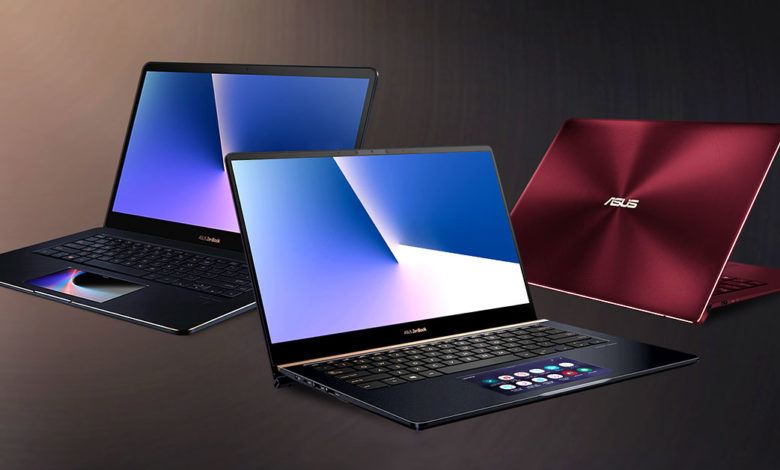


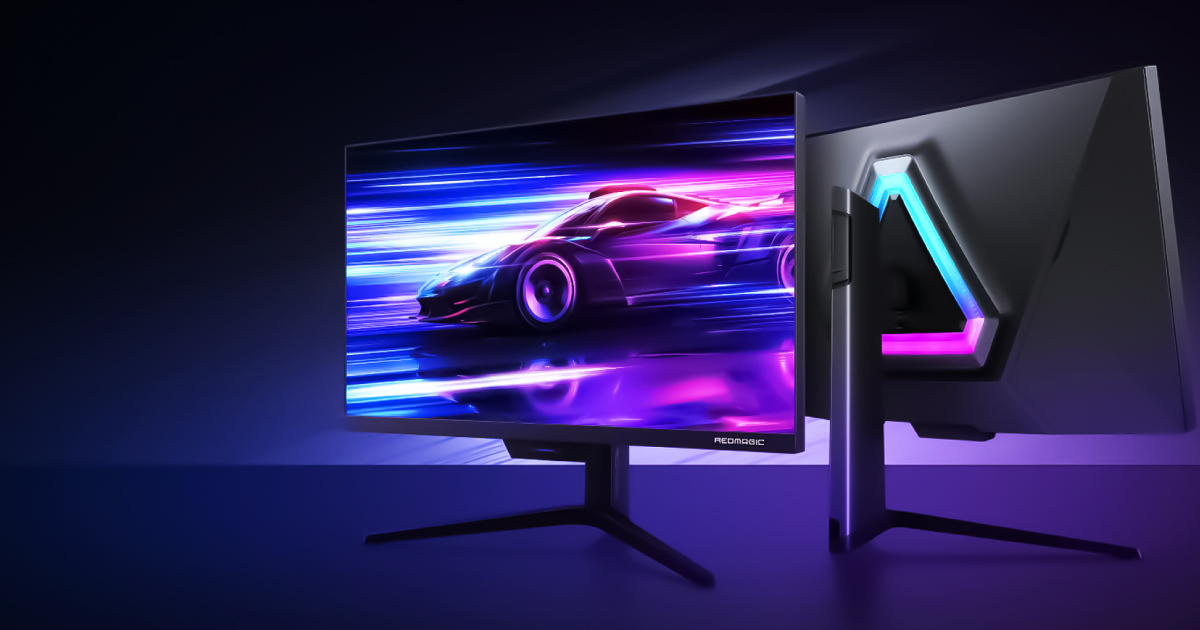
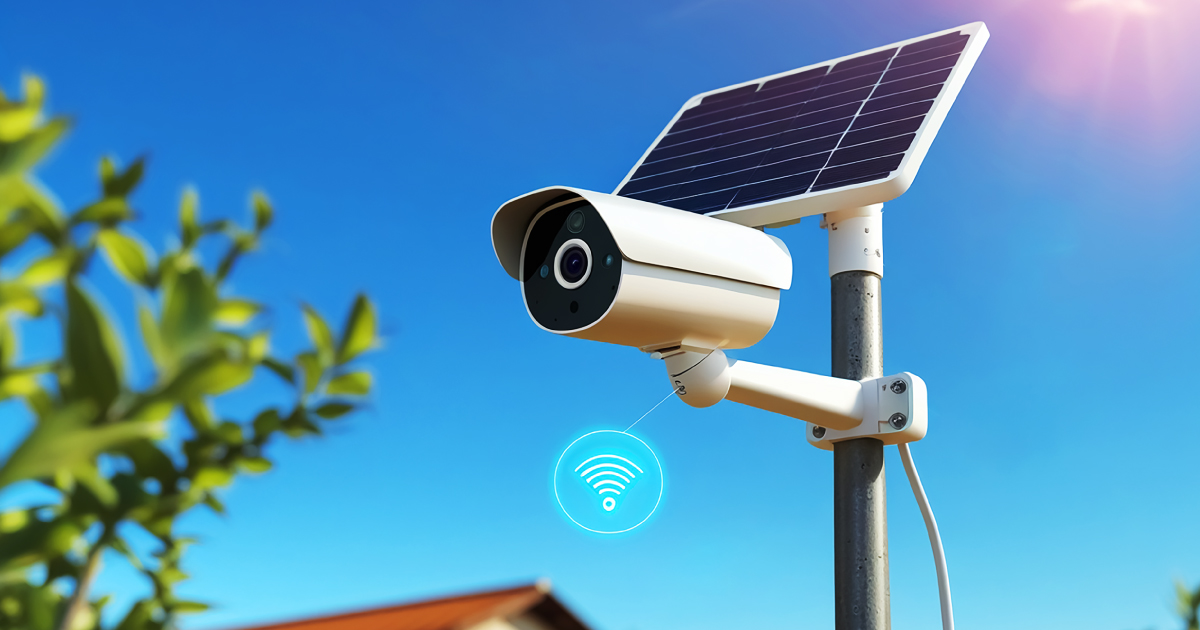

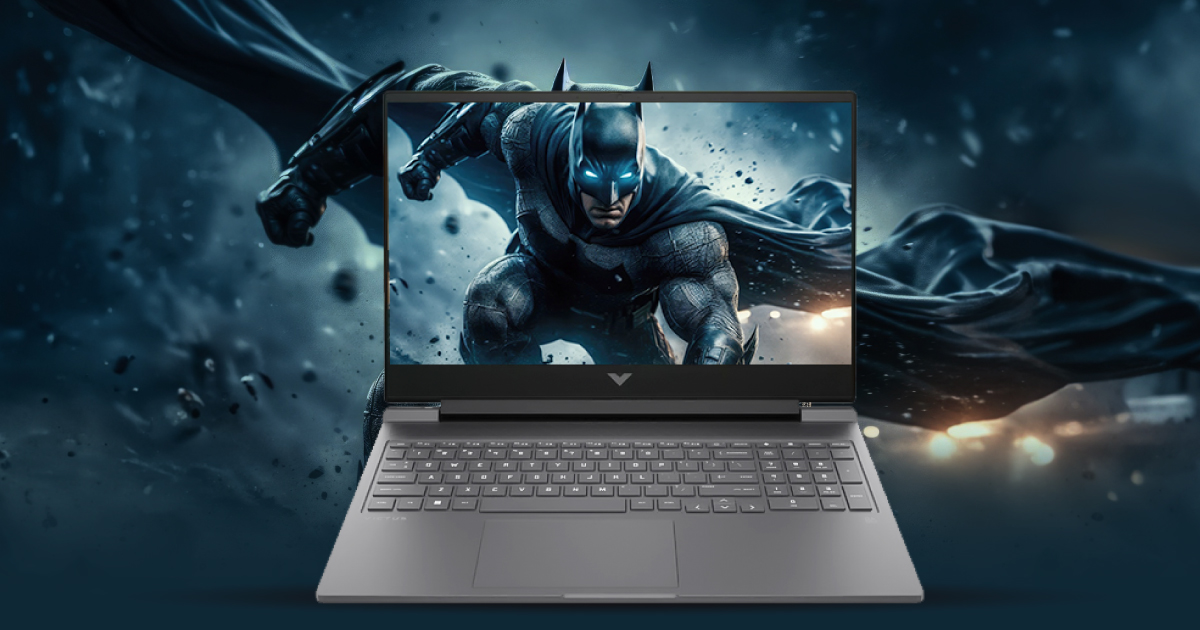


Leave a comment